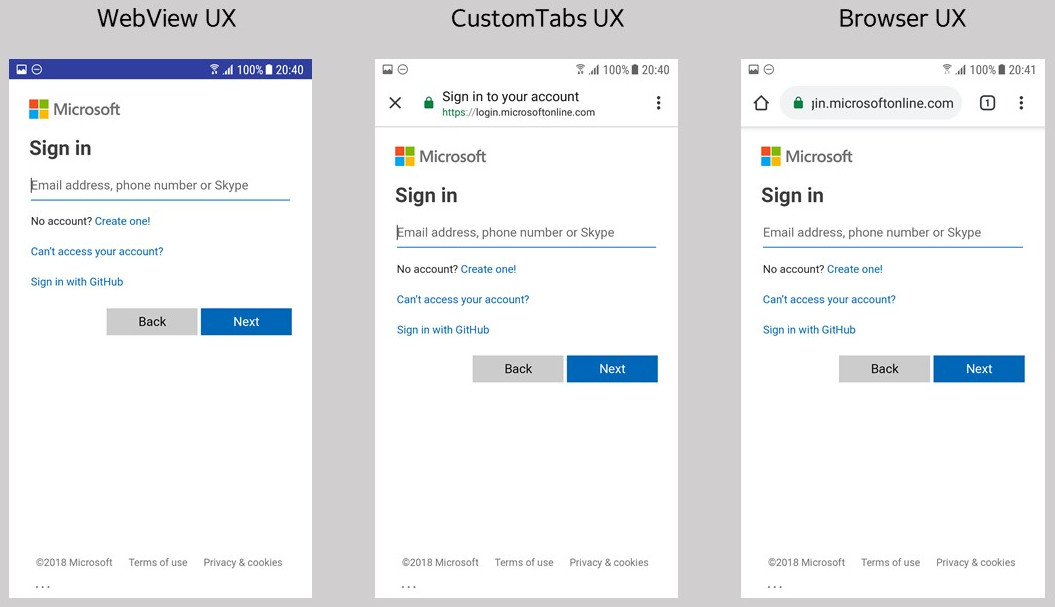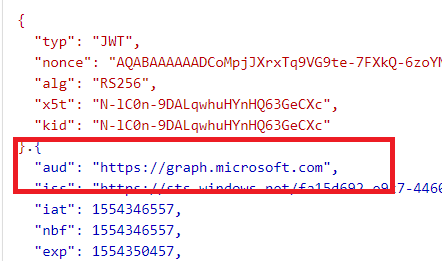@Agrawal C, Akash , thank you for reaching out to us. Here is a detailed article How to: Enable cross-app SSO on Android using MSAL about this topic.
Single sign-on (SSO) allows users to only enter their credentials once and have those credentials automatically work across applications. There are two ways for applications using MSAL for Android to achieve SSO:
- Through a broker application
- Through the system browser
As you are using second option, in it, MSAL supports authorization using a WebView, or the system browser. The image below shows how it looks using the WebView, or the system browser with CustomTabs or without CustomTabs:

If the application uses a WebView strategy without integrating Microsoft Authenticator or Company Portal support into their app, users won't have a single sign-on experience across the device or between native apps and web apps.
If the application uses MSAL with a broker like Microsoft Authenticator or Intune Company Portal, then users can have a SSO experience across applications if the they have an active sign-in with one of the apps.
Use this approach to provide a SSO experience through the device's browser. MSAL uses a shared cookie jar, which allows other native apps or web apps to achieve SSO on the device by using the persist session cookie set by MSAL.
-----------------------------------------------------------------------------------------------------------
Please "Accept the answer" and upvote if the information helped you. This will help us and others in the community as well. Also, do share valuable feedback of your experience with us!

